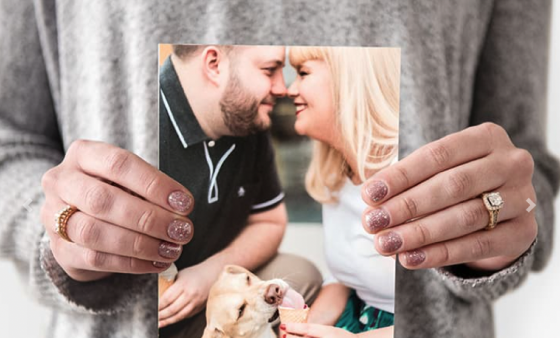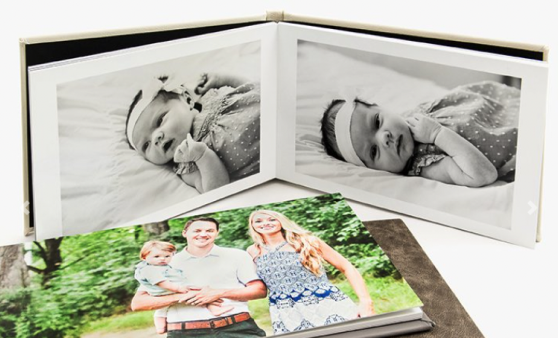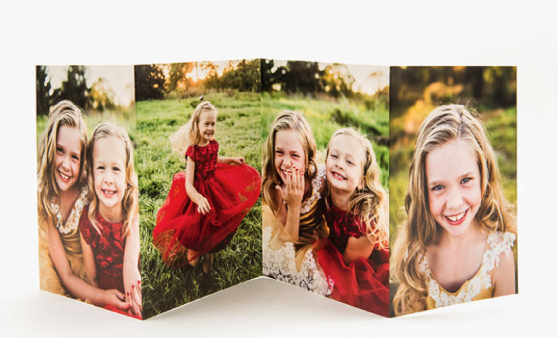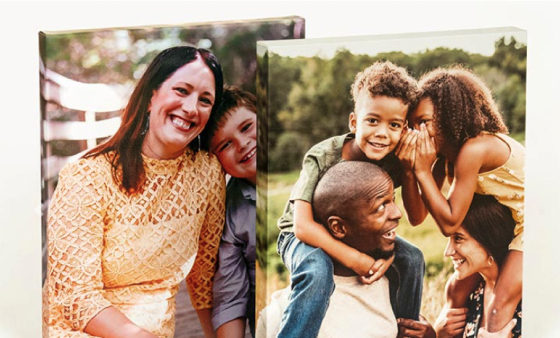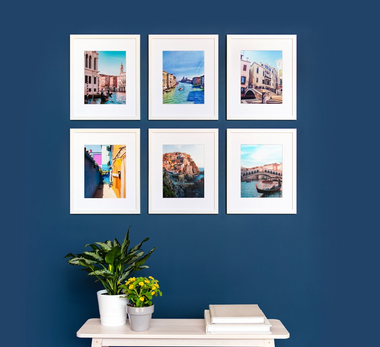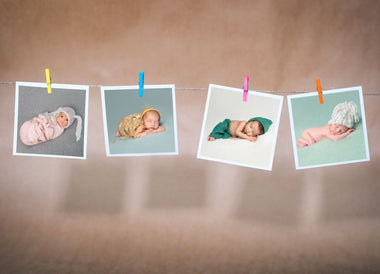A Guest Post written by Stacy White, an NPL Photographer Brand Ambassador
Capturing the beauty of waterfalls is a favorite of many photographers since every visit will yield different images. Here are a few tips to get you started!
Head Out on Cloudy Days
Although we can never control the weather, if you have a cloudy, overcast day that seems less than ideal for other activities, it’s the perfect day to photograph waterfalls! Cloudy days offer everything you want when photographing waterfalls… less light and less contrast from harsh sunlight. Although we usually try to keep the sky out of our waterfall photos, you’ll definitely want to minimize or completely eliminate the sky when it’s cloudy to keep the drab grey/white sky out of your image. If the day you have picked isn’t cloudy, try to go early in the morning or later in the afternoon. The bright, midday sunlight will not only overexpose your images but will also add harsh shadows and intense contrast to your image. On top of that, you’ll most likely see more reflections and glare.
Composition
As with any landscape photography, you want to make your image compelling. Yes, the waterfall is your main subject, but try and find a unique or interesting angle to photograph it. I usually start with the straight-on image in front of the waterfall. Spend time exploring the surroundings – safely! – and try to find different and interesting compositions. Try photographing from above, through trees or bushes, and if possible, behind the waterfall. Once I get that shot, I start looking for other options and angles for the waterfall. Obviously, a lot of this will be determined by the area around the falls – you should always adhere to warnings and stay out of marked zones for safety reasons. If you really don’t have other locations you can move to, how about trying a different height on your tripod? There are many variations you can use that will yield different results! You can also look for interesting foreground items, such as rocks, plants or fallen trees. You can also consider adding people to your photo. For a large waterfall, this is helpful to give a sense of scale to your viewers.
Tripod
A tripod is a necessity for slow shutter speeds! For longer shutter speeds you always want the stability a tripod gives. You also need to pick the spot for your camera and tripod carefully. Make sure you find a nice, level spot so you don’t have to worry about your tripod moving or falling over. For waterfalls, you want the long exposure to smooth the water flow but also have the trees and rocks around the waterfall in focus as well. When you shoot with slow shutter speeds, you want to avoid any movement of the camera that made lead to blurry images. Using a remote timer or shutter release cable can help with this. The built-in timer or delay function works really well and doesn’t require you to remember a remote! It doesn’t have to be a long delay… the 2-second option will work well – this is just to remove any camera shake from pressing the shutter button.
Use a filter to achieve a slower shutter speed – Neutral Density and Polarizing Filters
A neutral density – also known as an ND filter – is a filter with a dark appearance that is used to reduce the amount of light that enters the lens. By adding an ND filter, you can achieve a slower shutter speed and help reduce the highlights in your images.A circular polarizing filter is a great piece of gear that you really should always have in your camera bag. Using one for waterfalls will help cut down on reflections and glare from wet rocks and leaves, and highlights in the water. It will also block some of the light and will add to your shutter speed. This can be used alone or stacked onto your ND filter.

Camera Settings – Start with ISO
There are many ways to set up your camera for waterfall photography, but the one consistent thing is going to be your ISO. You’ll want this set to your camera’s lowest ISO setting – either 100 or 200. This will help you achieve a longer shutter speed and help keep your image from being overexposed. If you tend to shoot in Auto ISO, make sure it’s turned off.
Camera mode – Shutter, Aperture, or Manual?
If you ask photographers what camera mode they use for waterfalls, you will probably get a different answer from each one. There is no wrong answer here – it will probably depend on your level of experience and comfort level with each mode. I would say try a few and see which makes the most sense to you. Shutter priority seems like the most logical, right? We’re trying to achieve a slow shutter speed to slow down the movement in the water. In order to get that silky water look, you’re going to need a slower shutter speed – ideally a couple of seconds long. There is no set shutter speed for waterfall photography – every situation is different, and it also depends on the look that you like. For small, delicate low water flow falls, you will probably want to shoot a longer exposure – a couple of seconds if the light will allow it. For large, heavy waterfalls, you’ll want to use a ¼ to 1-second exposure – anything longer will lose the movement in the water. To find the one that is right for your situation, start with a 1-second exposure test shot and adjust from there. If it looks too choppy, you’ll want to adjust to a little longer shutter speed. Is the water too blurred? Lessen it a little bit. I usually use aperture priority for waterfalls. Again, there’s no absolute aperture setting, but you’ll want at least f/11. This will make sure everything is in focus in your scene, and also help achieve a longer exposure time. If you’re photographing on a sunny day, you’ll want to start with your aperture to the largest available, probably f/22 or higher. Although this seems a little odd since you want a slow shutter speed, this is an easy way to find a shutter speed that will work without overexposing your image. To manage your shutter speed, you’ll just adjust the aperture you’re working with. If you want a longer shutter speed, you’ll want a higher aperture number. Since you know what approximate settings you need, you can also shoot in manual mode. You’ll want Auto ISO off and your ISO at 100 or 200. Then adjust your shutter speed to 1 second. Your aperture will depend on location on weather, but start at f/11. Take a test shot, and make adjustments from there!
Try taking the photo with your iPhone
If you haven’t experimented with your phone for long exposures, now is the time! Ensure your camera is set for Live mode, then compose your image. When you take the image, make sure you stand still for a little longer than normal to complete the Live shot. Once finished, view the image, click on the “Live” icon in the upper left, and change the mode from Live to Long Exposure. (I have a photo that shows the steps for this)
